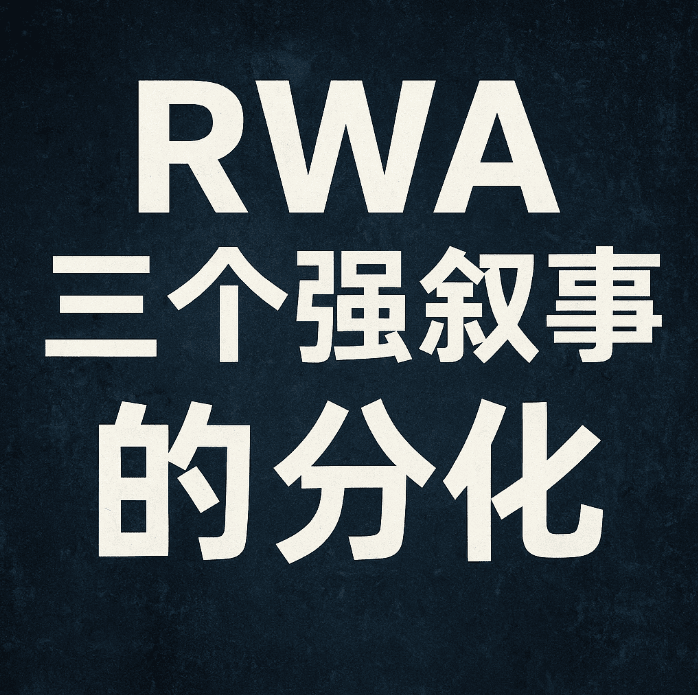Reliable Wa (RWA) AI is different. AI is more application-oriented, while RWA is more like a rewriting of the underlying rules of the financial market. However, it's undeniable that these two narratives have been intertwined throughout the entire cycle!
In fact, three strong narratives have emerged in RWA:
1⃣ Stablecoins
Stablecoins themselves are the starting point of RWA. Don't forget, the US dollar itself is the largest RWA in the real world. USDT and USDC have become the settlement currencies in the crypto world in recent years. Now, PYUSD, FDUSD, and even some state-backed stablecoins are vying for this position. Why? Because whoever can control the stablecoin effectively gains the "RWA minting rights."
Decentralization continues unabated. Maker's DAI and Ethena's sUSDe are both different attempts. To put it bluntly, this is a battleground.
2⃣ Public Chains
With stablecoins, the question arises: where will the clearing and settlement of tokenized assets take place?
While Ethereum's ecosystem is strong, its efficiency and user experience simply aren't enough to support the "global financial asset chain." Therefore, public chains like Plasma and X Layer, designed specifically for high-performance and compliant integration, are beginning to emerge. Avalanche, Base, and Solana are also testing the waters with traditional institutions.
The goal of these chains is clear: to become the future clearing layer for RWAs.
3⃣ Perp DEX
Many may be puzzled by the recent surge in activity on contract platforms like Hype, Aster, and Drift. Haven't contracts been around for a long time?
The answer is simple: stablecoins are currencies, and public chains are the clearing layer. But without a "trading venue," nothing works.
Perp DEX already has liquidity and user adoption. Once the RWA underlying asset is connected, it will instantly become a natural secondary market.
This explains the sudden surge in popularity of the contract sector; it's not a coincidence, but rather a result of preemptive market entry.


